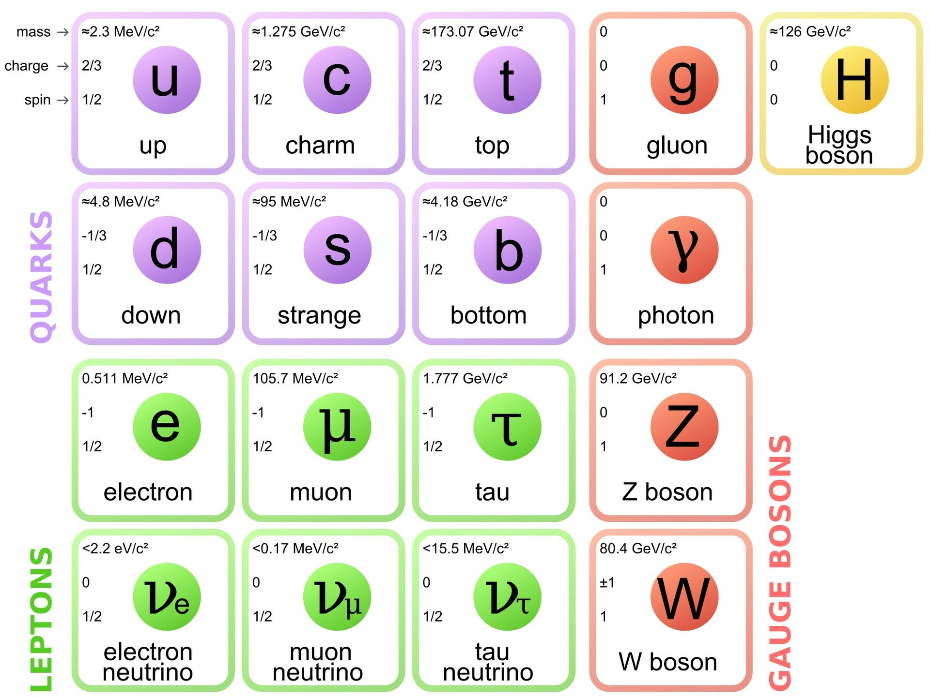Introduction
Neutrinos were first proposed as unknown neutral particles by W. Pauli in 1930 to explain the fact that the kinetic energy spectrum of electrons emitted in nuclear beta decay is a continuous spectrum. In 1954, Reines and Cowan succeeded in directly detecting antielectron neutrinos from nuclear reactors using a 300-liter liquid scintillator, establishing experimentally the existence of neutrinos. In 1962, the mu neutrino was discovered, and in 1997, the tau neutrino was discovered. Thus far, experiments have confirmed the existence of three generations of neutrinos and the existence of various neutrino sources in nature. In the Standard Model, neutrinos were thought to be massless, but the discovery of neutrino oscillations in SK in 1998 strongly suggested that neutrinos have finite masses. The HK experiment, scheduled to begin in 2027, will be able to study neutrinos with large statistics. Below, we discuss the properties of neutrinos, and more precisely neutrino oscillation, which is the focus of much attention in the search for theories beyond the Standard Model.
Neutrino Oscillation
To learn more about neutrino oscillation, see Master 1 report.
Core-Collapse Supernova Neutrino
To learn more about neutrino from core-collapse supernova, see Master thesis.
